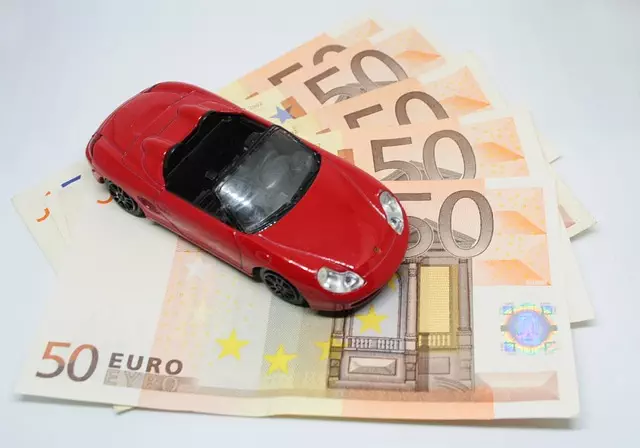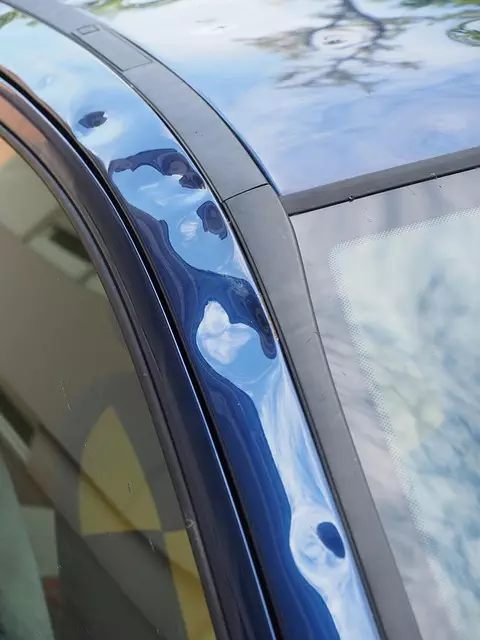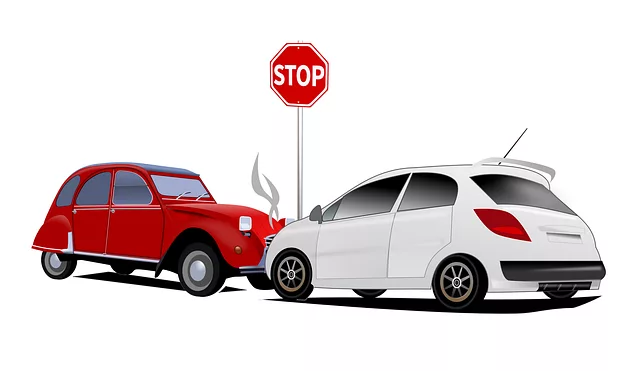Car insurance is a critical safety net for vehicle owners, providing financial protection against accidents and unforeseen events. Policies cover liability for damages to others, collision repairs, and comprehensive protection against theft or natural disasters. Understanding key components like bodily injury, property damage, and uninsured motorist coverage ensures adequate protection. Medical Payments (PIP) coverage, Property Damage Protection, and a step-by-step claims process guide offer further security. Reviewing policy exclusions is vital to understanding what's covered and managing expectations. Car insurance is essential for financial tranquility during unpredictable driving situations.
“In the event of a car accident, having the right coverage can make all the difference. Understanding your car insurance policy is crucial for navigating unexpected circumstances on the road. This comprehensive guide breaks down the essential components of car insurance, from basic liability policies to specialized protections.
We’ll explore various types of coverage, including Uninsured/Underinsured Motorist Protection, Medical Payments Coverage, and Property Damage Coverage, empowering you to make informed choices. By the end, you’ll be equipped with the knowledge to file a claim effectively and understand the nuances of car insurance policies.”
Understanding Car Insurance: Basics and Types of Coverage

Car insurance is a crucial aspect of responsible vehicle ownership, providing financial protection against unexpected events. It works as a safety net, shielding individuals from incurring substantial expenses related to car accidents. The primary purpose of car insurance is to cover the costs of damage or injury resulting from vehicular collisions, offering peace of mind behind the wheel.
There are various types of car insurance policies available, each catering to different needs and budgets. Typically, these policies include liability coverage, which protects against claims for damages caused to others in an accident. Comprehensive insurance is another option, covering a wide range of events beyond accidents, such as theft, vandalism, or natural disasters. Additionally, collision coverage specifically addresses damage to your own vehicle, often at a cost-effective rate when bundled with comprehensive and liability plans. Understanding these basics and choosing the right type of car insurance is essential for ensuring financial security on the roads.
What is Included in Standard Car Accident Liability Policies?

When it comes to car accidents, having the right coverage is essential for financial protection and peace of mind. Standard car accident liability policies typically include two key components: bodily injury liability and property damage liability. Bodily injury liability covers medical expenses and other related costs for any injured parties involved in the accident. This includes both driver and passenger injuries, as well as injuries to pedestrians or cyclists if applicable.
Property damage liability, on the other hand, covers the cost of repairing or replacing damaged vehicles or other property resulting from the accident. This can include not only the driver’s own vehicle but also any other vehicles or properties that sustain damage. Understanding what’s included in your car insurance policy is crucial for ensuring adequate protection during unexpected events.
Uninsured/Underinsured Motorist Protection: Why It's Essential

Uninsured/underinsured motorist protection is an often-overlooked yet crucial component of car insurance. In many cases, it acts as a safety net for policyholders when they’re involved in accidents with drivers who have inadequate or no insurance. This coverage is essential because it helps protect you from potentially devastating financial burdens that may arise from such incidents.
When you’re on the road, accidents can happen at any moment, and not all drivers are responsible enough to carry adequate car insurance. Uninsured/underinsured motorist protection kicks in when the at-fault driver doesn’t have sufficient coverage or any at all. This coverage can help pay for medical expenses, property damage, and even legal fees, ensuring that you’re not left with a mountain of debt as a result of someone else’s negligence.
Medical Payments Coverage: Ensuring You're Not Left Stranded After an Injury

After a car accident, your first thoughts might be about the damage to your vehicle and the other driver’s liability. However, one crucial aspect often overlooked is medical payments coverage in your car insurance policy. This type of coverage, also known as personal injury protection (PIP), acts as a safety net for you and your passengers if anyone is injured in an accident, regardless of fault.
It can help pay for immediate medical expenses like emergency room visits, hospital stays, surgery, physical therapy, and even rehabilitation. By ensuring you have adequate medical payments coverage, you’re safeguarding against the financial burden of unexpected injuries. This is especially important because, without it, you could find yourself facing substantial out-of-pocket costs that your health or savings might not be able to cover.
Property Damage Coverage: Protecting Your Vehicle and More

Property Damage Coverage plays a pivotal role in any comprehensive car insurance policy, ensuring that drivers are protected beyond just their personal liability. This coverage is designed to safeguard your vehicle from various forms of damage, extending its life and maintaining its value after an accident. Whether it’s a fender bender or a more severe collision, this aspect of car insurance steps in to cover the costs of repairs or, in some cases, total vehicle replacement.
Beyond just repairing or replacing your car, property damage coverage often includes protection for personal belongings stored within your vehicle. This can be particularly valuable if your items suffer loss or damage during an accident. By including this coverage in your policy, you gain peace of mind knowing that not only is your car protected, but so are the essential possessions you rely on daily.
How to File a Claim: Step-by-Step Guide Following an Accident

After a car accident, filing a claim with your car insurance provider is a crucial step in the process of resolving the incident and seeking compensation for any damages or losses incurred. Here’s a straightforward, step-by-step guide to help you navigate this procedure.
1. Assess the Situation and Seek Medical Attention (if needed). Ensure everyone’s safety first. Exchange insurance information with the other driver(s) involved. If anyone is injured, call emergency services immediately. It’s important to receive prompt medical attention, as this can impact your claim later on.
2. Document the Incident. Take photos of the accident scene, including damage to vehicles, road conditions, and any visible injuries. Write down details such as the other driver’s information, witness statements, and a timeline of events leading up to and during the accident. These records will be invaluable when filing your claim.
3. Notify Your Car Insurance Company. Contact your insurance provider as soon as possible. They will guide you through the specific steps for filing a claim based on their procedures. Provide them with all relevant details, including the date, location, and circumstances of the accident, along with the other driver’s information.
4. Fill Out the Claim Form. Your insurance company will provide a claim form that needs to be completed accurately and thoroughly. Include all necessary details about the incident, such as a description of what happened, any witnesses, and an estimate or repair costs for vehicle damage. Make sure to keep copies of all forms for your records.
5. Provide All Necessary Information. Cooperate fully with your insurance company by providing them with requested documents, including police reports, medical bills (if applicable), and repair estimates. Keep open lines of communication and respond promptly to any requests or questions from your insurer.
Common Exclusions and Limitations in Car Accident Policies

Car insurance policies, despite their broad coverage, often come with certain exclusions and limitations. These stipulate situations or events that are not covered under the policy. Common exclusions include driving while under the influence of alcohol or drugs, willful destruction of the vehicle, or engaging in illegal activities. Policies may also limit compensation for medical expenses, property damage, or liability based on pre-existing conditions or certain types of injuries.
Understanding these exclusions is crucial when purchasing car insurance. They can vary significantly between providers and policy types. Reviewing the fine print ensures you’re aware of what’s covered and what isn’t, helping to manage expectations and avoid unexpected financial burdens in the event of an accident.
